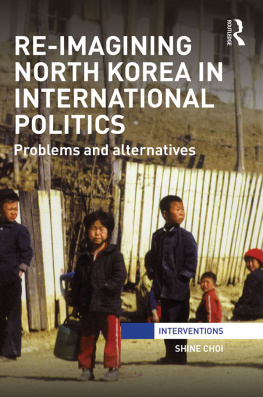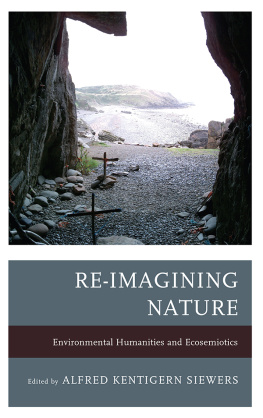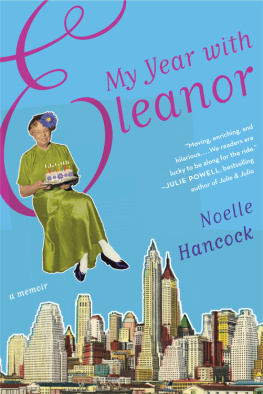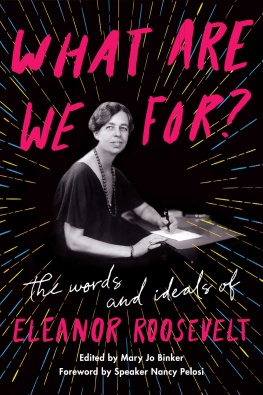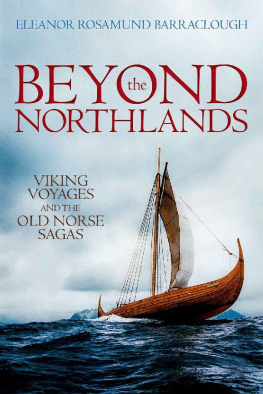
Published by
The University of Alberta Press
Ring House 2
Edmonton, Alberta, Canada T6G 2E1
www.uap.ualberta.ca
Copyright 2016 The University of Alberta Press
LIBRARY AND ARCHIVES CANADA CATALOGUING IN PUBLICATION
Imagining the supernatural north / Eleanor Rosamund Barraclough, Danielle Marie Cudmore & Stefan Donecker, editors.
Includes bibliographical references and index. Issued in print and electronic formats.
ISBN 9781772122671 (paperback). ISBN 9781772122954 (PDF). ISBN 9781772122930 (EPUB). ISBN 9781772122947 (mobi)
1. Supernatural. 2. Folklore. 3. Mythology. 4. Arctic regions. I. Barraclough, Eleanor Rosamund, 1984, editor II. Cudmore, Danielle Marie, 1985, editor III. Stefan, Donecker, 1977, editor
| GR500.I43 2016 | 398.4 | C20169035174 |
First edition, first printing, 2016.
First electronic edition, 2016.
Digital conversion by Transforma Pvt. Ltd.
Copyediting and proofreading by Brendan Wild.
Indexing by Judy Dunlop.
All rights reserved. No part of this publication may be reproduced, stored in a retrieval system, or transmitted in any form or by any means (electronic, mechanical, photocopying, recording, or otherwise) without prior written consent. Contact the University of Alberta Press for further details.
The University of Alberta Press supports copyright. Copyright fuels creativity, encourages diverse voices, promotes free speech, and creates a vibrant culture. Thank you for buying an authorized edition of this book and for complying with the copyright laws by not reproducing, scanning, or distributing any part of it in any form without permission. You are supporting writers and allowing University of Alberta Press to continue to publish books for every reader.
The University of Alberta Press gratefully acknowledges the support received for its publishing program from the Government of Canada, the Canada Council for the Arts, and the Government of Alberta through the Alberta Media Fund.
This work is published with the assistance a grant from the Western Canadiana Publications Project.
Contents
ELEANOR ROSAMUND BARRACLOUGH, DANIELLE MARIE CUDMORE, and STEFAN DONECKER
YAACOV SARIG
MARIA KASYANOVA
Its Supernatural Aspects and Frameworks of Meaning
ATHANASIOS VOTSIS
Supernatural Monsters of the Far North in Medieval Lore
RUDOLF SIMEK
The Development of Supernatural Greenland in the Old Norse Sagas
ELEANOR ROSAMUND BARRACLOUGH
Septentrio and the Monstrous Female Body in Late Medieval Medicine and Theology
BRENDA S. GARDENOUR WALTER
STEFAN DONECKER
Science and Romanticism on the Fringes of Britain
ANGELA BYRNE
SHANE MCCORRISTINE
Ida Pfeiffers Journey to Iceland
JENNIFER E. MICHAELS
The Dissemination of Greenlandic Legends and Myths in the Writings of Hinrich Rink and Knud Rasmussen
SILVIJE HABULINEC
Nabokovs Zembla and Aesthetic Bliss
BRIAN WALTER
Intertextuality and Environmentalism in Philip Pullmans The Golden Compass
DANIELLE MARIE CUDMORE
The Influence of Northern Mythology and Fauna on Contemporary Spiritual Subcultures
JAY JOHNSTON
Semiotic Strategies of Constructing the Supernatural North in Music Subcultures
JAN LEICHSENRING
Daily Ritual Practice in the Supernatural North
ERICA HILL
Introduction
ELEANOR ROSAMUND BARRACLOUGH, DANIELLE MARIE CUDMORE, and STEFAN DONECKER
Into the North Window of my chamber glows the Pole Star with uncanny light. All through the long hellish hours of blackness it shines there. And in the autumn of the year, when the winds from the north curse and whine, and the red-leaved trees of the swamp mutter things to one another in the small hours of the morning under the horned waning moon, I sit by the casement and watch that star. Down from the heights reels the glittering Cassiopeia as the hours wear on, while Charles Wain lumbers up from behind the vapour-soaked swamp trees that sway in the night wind. Just before dawn Arcturus winks ruddily from above the cemetery on the low hillock, and Coma Berenices shimmers weirdly afar off in the mysterious east; but still the Pole Star leers down from the same place in the black vault, winking hideously like an insane watching eye which strives to convey some strange message, yet recalls nothing save that it once had a message to convey. (Lovecraft 33)
IN H.P. LOVECRAFTS 1920 short story Polaris, among the earliest writings of the visionary pioneer of modern horror literature, the narrator finds himself driven to the verge of insanity by the baleful light of the Pole Star. The insane watching eye draws him into the mysteries of a long-lost Arctic civilization whose downfall and destruction he witnesses in his agitated dreams. As the visions of the imagined Arctic past overwhelm him, the narrator becomes convinced that the mundane life he once lived is merely a dream, and that he is truly part of a doomed Hyperborean civilization.
The spectral presence of the Pole Star in Lovecrafts tale is but one among many septentrional mysteries that have featured in various literary genres across the centuries. H.C. Andersens famous fairy tale followed innocent Gerda on her journey to the utmost North, trying to save her friend from the eponymous and enigmatic Snow Queen. In another Scandinavian classic, Selma Lagerlfs Nils Holgerssons underbara resa genom Sverige (The Wonderful Adventures of Nils), the title character proceeds to a cave in the furthest North of Sweden, where, with the coming of winter, the summer sun is chased away by the three wolves of the Ice Witch. Representing the limits of human knowledge and experience, the frozen wastes of the Arctic frame the narrative of Mary Shelleys Frankenstein and provide the setting for the final showdown between monster and creator. Even Charlotte Bronts Jane Eyre opens with the title character enthralled by descriptions of the remote North in a book on British birds:
Nor could I pass unnoticed the suggestion of the bleak shores of Lapland, Siberia, Spitzbergen, Nova Zembla, Iceland, Greenland, with the vast sweep of the Arctic Zone, and those forlorn regions of dreary space, that reservoir of frost and snow, where firm fields of ice, the accumulation of centuries of winters, glazed in Alpine heights above heights, surround the pole, and concentre the multiplied rigours of extreme cold. Of these death-white realms I formed an idea of my own: shadowy, like all the half-comprehended notions that float dim through childrens brains, but strangely impressive. (Bront 23)
THE IMAGINATION OF NORTHERNNESS: SYMBOLIC GEOGRAPHIES AND MENTAL MAPS
Canadian novelist and poet Margaret Atwood alluded to these dream-like, otherworldly qualities of the North in her 1987 essay True North: Turning to face north, face the north, we enter our own unconscious. Always, in retrospect, the journey north has the quality of dream (33). Drawing her readers attention to the narrow limits of a purely geographical understanding of this cardinal direction, she demonstrated that the North defied any easy definition:
Where is the north, exactly? Its not only a place but also a direction, and as such its location is relative: to the Mexicans, the United States is the north, to Americans, Toronto is, even though its on roughly the same latitude as Boston. Wherever it is for us, theres a lot of it. (True 32)






